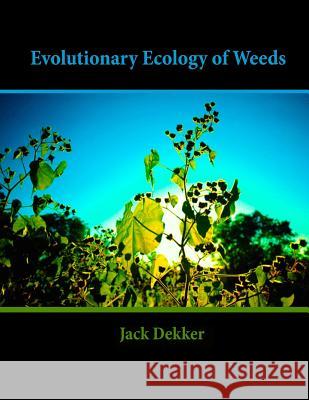Evolutionary Ecology of Weeds » książka
Evolutionary Ecology of Weeds
ISBN-13: 9781535401074 / Angielski / Miękka / 2016 / 554 str.
Evolutionary Ecology of Weeds is the story of WHAT, WHY and HOW some plant species invade and occupy habitats ripe for exploitation. The nature of weeds is the evolution of adaptive traits for seizing and exploiting locally available opportunity. Weeds are the consequence of human disturbance which creates opportunity spacetime, leaving unused resources eager for invasion by weeds. The nature of weeds is the story of us, humans. We created highly successful wild-crop-weed complexes that resist control. We created them by channeling natural selection, the driver of biological change. Plants invade by dispersing, colonizing, reproducing and enduring in a locality. Weeds possess mating systems that generate variable genotypes and phenotypes that struggle for existence, the winners take all. Evolution occurs. Adaptation in weed life history is about timing: timing is everything. Adaptation in local plant communities is interference and facilitation animating strategic roles guided by functional traits. Weed community dynamics is community assembly and ecological succession. Complex adaptive weed system formation reveals larger forces of nature: emergent behavior, physical information remembered. Knowledge of weeds is discovered, then represented in several different ways: ecological demography, life history traits. Representation is confounded by the humans that make them, their beliefs, values and models. Case histories of three weeds explain these concepts: velvetleaf (Abutilon theophrasti), triazine resistant rapeseed (Brassica napus), and the foxtails (Setaria species-group). UNIT 1: THE NATURE OF WEEDS UNIT 2: THE EVOLUTION OF WEED POPULATIONS UNIT 3: ADAPTATION IN WEED LIFE HISTORY UNIT 4: ADAPTATION IN LOCAL PLANT COMMUNITIES UNIT 5: COMPLEX ADAPTIVE WEED SYSTEMS UNIT 6: REPRESENTATION OF WEED BIOLOGY UNIT 7: WEED CASE HISTORY
Zawartość książki może nie spełniać oczekiwań – reklamacje nie obejmują treści, która mogła nie być redakcyjnie ani merytorycznie opracowana.











